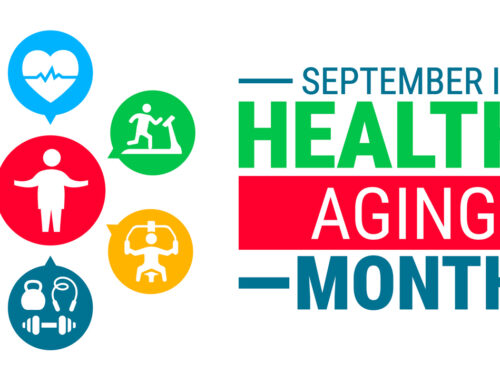We are finally eliminating some of the prejudices associated with race, gender and sexual orientation. Yet, ageism is alive and well and there doesn’t seem to be any moral outrage against it. Our cultural and structural disregard for older populations “is almost the last prejudice that we are allowed to have.” says Kathryn Lawler, the director of the Atlanta Regional Commission’s Area Agency on Aging. This is ironic considering that aging is a universal human experience for those of us lucky enough to have the opportunity to grow older.
And whether we acknowledge it or not, our population is aging and we are going to have to come to terms with the bias that persists. By 2050, the global population of people aged 60 and older will rise to 2 billion, up from 900 million in 2015. Every day in the United States, 10,000 people turn 65. Lawler says: “We have to begin to talk about aging being a part of the diversity matrix.”
So what are the main areas where ageism exists and what can be done about it?
Advertising bias
Seniors have a tremendous amount of clout whether they know it or not. Many older people have accumulated more wealth than their younger counterparts and have tremendous buying power as a result. Yet many companies are ignoring this attractive market. Maybe that is because many marketers are under the age of 40.
As reported by Eillie Anzilotti, an assistant editor for Fast Company’s Ideas section, an Oxford Economics report found that the “longevity economy” is one of the most vital in the U.S., with 106 million people over the age of 50 collectively responsible for $7.6 trillion in annual economic activity, spending $4.6 trillion on consumer goods and services. As seniors, we need to use that buying power more effectively by voicing our concern when we are being dismissed, patronized or ignored by companies. As we have all seen recently with the #metoo movement, there is power in numbers.
Workplace discrimination
As the population ages, this presents a problem for companies around the world who are going to have to start embracing older workers rather than ignoring them. Although you would think that this awareness was already happening, discriminatory hiring practices based on age are still common in the workplace. Many seniors cannot afford to or don’t want to, retire at 65 anymore. They want to stay active and engaged and they have a vast array of experiences that they can bring to the table.
One company that has realized the value of older workers is BMW. As early as 2007, the German car manufacturer realized that the average age of their employees was increasing. Rather than ignore that, they took action. They started the “2017 project”–which introduced one production line comprised of a workforce that accurately reflected demographics for that year. The 70 management tweaks that BMW made–from introducing part-time work to providing workers with shoes designed to reduce the pains of standing brought about a 7% increase in productivity*. Diversity in the workforce that includes people from different race and genders is now widely acknowledged to be a benefit as well as a necessity for companies that want to stay relevant. Why should diversity in age be any less important?
Smarter Cities and Communities
With the spending power that many seniors have, they should be welcomed by cities and communities that can benefit economically from their residency. In a study conducted by the Atlanta Regional Commission, they were able to illustrate that by adding an additional 1,000 new residents aged 65 or older, the region would see a $7.8 billion increase in its GDP. Keeping aging people in communities—and attracting new people of traditional retirement age and above–is an economic force on par with tourism, says Mike Alexander, research and analytics manager for the ARC.
In fact, by 2030, it is estimated that three out of every five people will live in cities, and many of those people will be elderly as reported by the World Health Organization (WHO). As a result, they released a guide to “Global Age-Friendly Cities,” which provides ideas for how cities can adapt to an aging population. Recommendations include two main areas that will be most important to the elderly population. Cities need to make transportation more available and accessible and they need to develop housing and services that can accommodate the unique needs of the elderly. If they do this well, they will be able to attract and retain a demographic that has the leisure time and the money to support restaurants, businesses, arts and cultural institutions.
So while aging is a universal human condition, discrimination towards aging doesn’t have to be. Baby boomers have the opportunity to start fighting back and advocating through large groups such as AARP. They also can use their buying power to put companies on alert that are not hiring older workers and/or ignoring that marketplace through their advertising. Millennials have been very effective at making their voice heard when individuals, companies, and or government practices have been discriminatory and seniors can take a page from that playbook as well.
*Initially reported in Fast Company
Click here to read more FirstLantic blogs >
 AVAILABLE 24 HOURS A DAY/7 DAYS A WEEK
AVAILABLE 24 HOURS A DAY/7 DAYS A WEEK Careers
Careers







